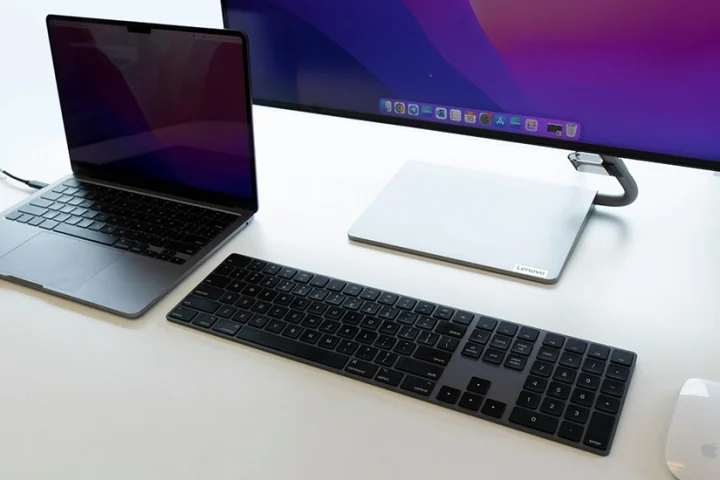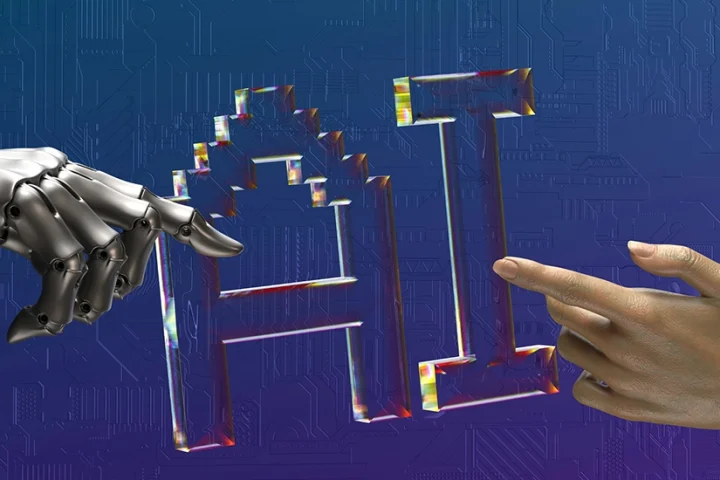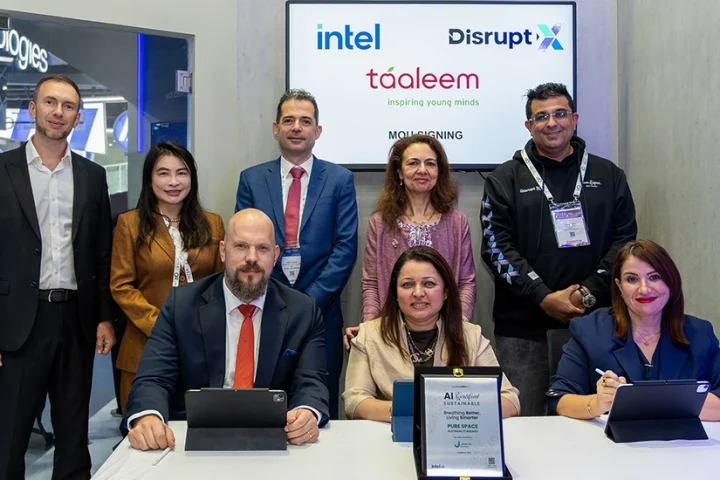Here are some ways that you can ensure vital IT support channels remain open, and the service desk evolves to meet the changing needs of your enterprise, both during the pandemic and after the eventual return to normal.
During periods of lockdown, IT support staff cannot be physically onsite, which means IT service desks need to be staffed differently. Make it your goal to re-create a remote version of the IT service desk analyst’s workstation to limit any disruption of service.
Most service-level agreements SLAs that cover IT support are inflexible — they usually outline target response and resolve times of one, four and eight hours for high, medium and standard priority requests, respectively.
Business consumers who use remote services and home-based equipment require more support, even though the supply is limited. The increase in demand, potential unavailability of staff and the need to support unfamiliar applications and devices means that SLA targets are often not met.
Most service-level agreements that cover IT support are inflexible
Rather than focusing on target resolution times, offer a new, temporary SLA describing how the I&O support organisation will respond at this time. Take the opportunity to identify or reconfirm which business functions are critical, which IT services they use and which business consumers will be using them. Make sure that the IT service desk staff working from home or office understands this information and is ready to use it to correctly prioritise incidents and requests.
As a result of the introduction of new services and technology, many I&O leaders are seeing a spike in demand for support. While this demand peaked at the onset of the pandemic, it’s expected to remain generally elevated, especially as some workers return to offices.
You can quickly reduce demand on Level 1 phone-based contact channels by providing asynchronous Level 1 contact methods, such as live chat or email for low-priority issues. These are easier than contact center telephone queues to access remotely and can keep phone lines clear for urgent issues. This can also reduce phone costs for remote employees when VoIP is not available.
Business consumers who use remote services and home-based equipment require more support
Relieve further pressure on the IT service desk by starting or accelerating Level 0 contact channel programs, such as peer support and self-service. One of the benefits of peer support via collaborative platforms is that everyone in the organisation can see the question, responses and, ultimately, the answer.
This effectively turns the collaborative platform into a crowdsourced knowledge base written in business language. This can help deflect similar questions from Level 1 support, easing demand on IT support teams and bringing the solution closer to the business consumer for faster resolution.
It’s imperative you anticipate the long-term changes brought about by the pandemic. Eventually, IT service desks will be dealing with the backlog of lower-priority incidents, requests and problems, putting longer-term pressure on their capacity to address the constant intake of issues. Bring your own device BYOD will also be prevalent, and more business consumers will work remotely full or part-time even after their offices reopen.
Increase in demand, potential unavailability of staff means that SLA targets are often not met
This presents an opportunity for you, presuming you are prepared to manage out of the turns. Business consumers will come to rely on alternative support channels after employees return to the office. They may also learn to be more self-sufficient in resolving their IT issues when working from home and/or waiting longer for IT support. This opens the door to getting buy-in and engagement on peer support initiatives.
Infrastructure and operations leaders must adapt how they provide IT support to enable both business and IT to work outside of the office.























